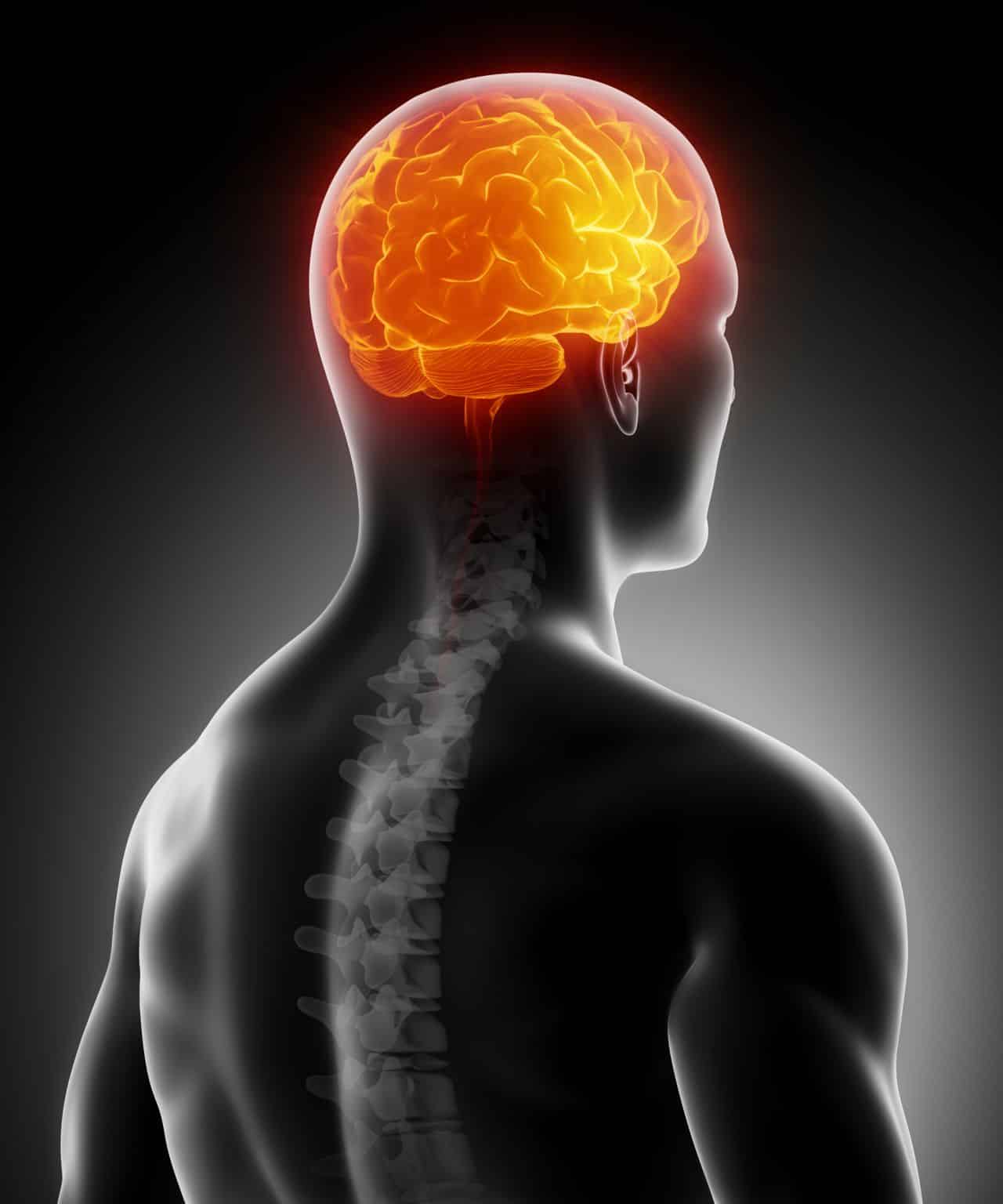
In a study of individuals injured in an automobile accident who suffered whiplash injuries, Krakenes and Kaale found significance, long-term effects resulting from those injuries. Through the use of magnetic resonance imaging (MRI’s), a group a three radiologist analyzed the alar ligaments, transverse ligaments, tectorial membranes and posterior atlanto-occipital membranes of 92 whiplash patients. They then compared their results with a 30-member control group.
Research
In their study, the radiologist found significantly more high-grade changes in the whiplash sufferers as opposed to those in the control group. For a change in the alar and transversal ligaments to be register as high, there must be high signal intensity in at least one third of the cross section of the ligament. Of the 92 whiplash patients, 61 displayed high grade group, 37 whiplash patients suffered high grade changes in their transverse ligaments, as opposed to six out of 30 in the control group.
Related: Whiplash In A Kentucky Accident
Key finding from the research
A key finding by radiologist was that head positioning at the time of impact had a large-scale effect on the severity of the whiplash injury. Of the 92 whiplash patients in the study, 45 had neutral head positioning at the time of impact and 47 had rotated head positioning. Among those with rotated head positioning, radiologist found that 85.1% suffered from high-grade alar ligament lesions in rotated head position patients were more closely associated with rear-end collisions (93.8%) as opposed to frontal collisions (31.8%). However, high-grade changes to the transverse ligament were more common in frontal collisions (61.1%) in comparison to rear-end collisions (10.5%), as well as for the posterior atlanto-occipital membrane (37.1% for frontal collisions, 5.3% for rear end collisions).
Whiplash
A sufferer of whiplash can expect an increase in the likelihood of suffering disability as a result of their injuries. In a comparison between the 92 whiplash patients and the 30 members of the control group, radiologists found that the whiplash patients scored significantly higher on the Neck Disability Index (NDI). This reflects either a degree of neck pain or difficulties performing certain activities. Whiplash patients had a higher NDI particularly with regards to pain, headache, reading abilities, concentration, car driving and activity level in general. In addition, the NDI score increased as the severity of the injury to the alar ligaments and the transverse ligament.
Related: Neck Injuries Are Common In Auto Accidents
The results of the study
The results of this study clearly indicate that whiplash injuries lead to high-grade changes with regards to the ligaments and membranes of the neck. By understanding the connection between whiplash injuries and the damage done to the alar ligaments, transverse ligament, tectorial membranes and posterior atlanto-occipital membrane, doctors will hopefully be able to develop treatments for whiplash sufferers. An added benefit of diagnosis and proper documentation by the doctor is that it will allow your Kentucky personal injury attorney to use the information to argue for a higher settlement or a great jury award. No one wants to suffer from these injuries. It is important that your doctor diagnose your injuries properly so that you can receive the correct treatment and so your personal injury attorney can fight for the compensation you deserve.


